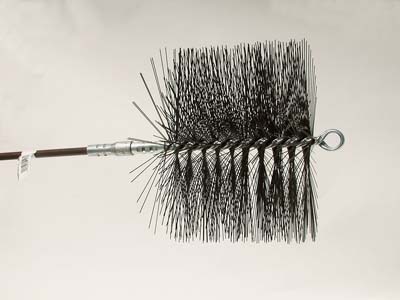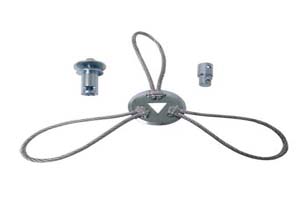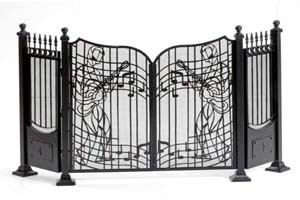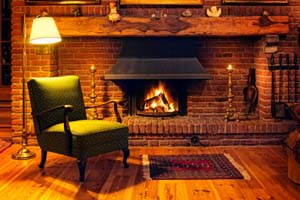Brushes and Rods
March 23, 2015 in Brushes and Rods

When it comes time to choose the perfect rod and brush set to clean your chimney, this article will help you make an educated decision.
The first thing you need to do before purchasing your brush and rod set is get on your roof and measure the inside of your chimney. Please be careful when doing this, and use proper saftey equipment. Brushes are sold in all different sizes and can be square, rectangle or round. You want to make sure that the size of your brush matches the inside of your chimney opening so make sure you measure the inside dimensions of the chimney. The brush should have a snug fit and be a little flexible so it can scrape the edges properly. We recommend purchasing a brush that is about half an inch wider than the diameter of your chimney for a nice snug fit and proper cleaning. NOTE: An oversized brush will not improve the cleaning action of the brush and it could become lodged in the chimney.
Once you know the appropriate size and shape brush to purchase you also want to buy the matching rod that is the length of your chimney. The rod will have a connecter on the end of it that you can thread it into to your brush very easily. As you shove the rod and brush down into the chimney, you can thread the next rod onto the last rod until you reach the full length of your chimney. The most effective methods for cleaning are the top-down or bottom-up methods, using flexible rods. Always work your brush up and down several times as needed.
There are also specific brushes sold for masonry vs. metal chimneys. We recommend a Poly brush for metal chimneys because it won't scratch and wear down the inner stainless steel lining. Poly brushes are very stiff and may be difficult to work into a very dirty chimney and also do not go around any bends in a chimney. Pre-Fabricated poly brushes are more flexible so if you have bends in your chimney or heavy amounts of creosote built up that make cleaning difficult, a pre-fabricated brush will work better than standard poly brushes. For a masonry chimney, wire brushes are generally used and they do a great job. You can get a homeowner version or a master sweep version; the master having more bristles and will do a better job. On top of that, there are also flat wire brushes which are stiffer than standard wire brushes and are useful if you have glazed on, difficult to remove creosote buildup.
There are many choices available but we know you want professional quality brushes and rods available at the cheapest, DIY cost. Rutland brand brushes and rods have a wide selection that fit all the criteria we discussed and they are sold at a reasonable cost, so that is what we recommend. Aside from their direct website, you can also purchase their products on Amazon.com for your convenience.
When cleaning your chimney, wear appropriate eye protection, gloves and an approved dust massk. Cover your fireplace or stove opening and all items in the work area. Soot and corrosive debris from cleaning may cause damage. Be aware of all electrical and fire hazards. Make sure that your fire is completely extinguished and the chimney is cold along its length before you begin. Safety precautions should be used while working on the roof. Use caution when handling brushes, wire can injure eyes and puncture skin. An annual inspection and cleaning by a certified chimney technician is highly recommended.



